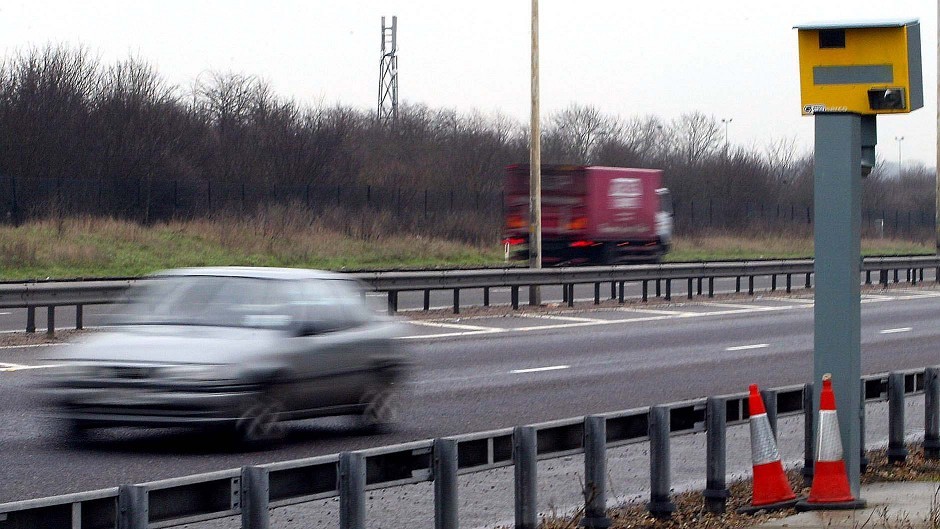Campaigners reacted with fury last night as it emerged extra average-speed cameras will be installed on the A9 while dualling work is carried out on the notorious road.
Opponents of the controversial; devices said they had been left “dumbfounded” by the decision to use more of the “yellow vultures” during the multibillion-pound project, which is due to start in the summer.
Average-speed cameras were switched on last year as part of a scheme to cut the accident rate on the trunk route.
Now temporary cameras will be used alongside the permanent ones which are sited between Inverness and Dunblane.
The project to dual the road between the Highland capital and Perth is due to be completed by 2025 and will involve widening 12 separate sections which are currently single carriageway.
Work is due to start on the £40million stretch between Kincraig and Dalraddy later this year, with completion expected by 2017.
But last night Mike Burns, of the A9 Average Speed Cameras Are Not the Answer campaign, said he was “absolutely dumbfounded” by the decision to instal more of the devices.
He added: “They said right when it all kicked off that the cameras would be used to enforce speeds during roadwork projects but adding more just seems spiteful.
When you look at like-for-like figures the road is not any safer now than it was before the cameras and there is a lot of complaints about how slow it is.
“There have been four fatalities already this year – a rate of one a month – which is completely unacceptable. This is nothing more than adding even more to a current system which is failing.”
Claire Armstrong, of Highland-based campaign group Safe Speed, said studies by the Transport Research Laboratory suggested that police patrols at roadworks improved safety, while speed cameras had the opposite effect.
She said: “There are very clear examples of the negative effects of automated enforcement, including both average-speed cameras static speed cameras on our roads.
“People have fundamentally altered the way they drive because of speed cameras.
“There has been a change of priority from protecting other people and property to one of preserving your licence.”
MSP Murdo Fraser, who has campaigned for the project to dual the A9 to be accelerated, said he was “fairly relaxed” about the extra cameras.
He added: “I think it’s a fairly sensible step of enforcing a lower speed limit though the roadworks.”
In the first three months after the devices were switched on, 298 drivers were caught breaking the limit.
But the figure for the January to April period this year soared to 1,466 – an increase of 385%.
Transport Scotland said the decision to use extra cameras was consistent with other major planned road projects, such as the M90 link for the new Queensferry Crossing and the M8/M73/M74 improvement works, although none of these had existing permanent schemes.
An agency spokesman said it was policy to use average-speed cameras at major roadworks.
He added: “For the A9, this will integrate a temporary system within the existing established camera network and will manage the reduced speed limit through the works area.
“Additional cameras, the numbers for which are still to be determined, will introduce the safety and traffic management benefits needed within the roadworks environment as well as providing a consistent approach to the use of average-speed camera technology along the A9.
“The temporary speed limits which will apply within the roadworks areas have also to be determined and when established will be preceded by a highly visible signing regime in accordance with current established best practice for road works.
“Safety is paramount, and the ability of the cameras on the A9 to reduce excessive speed and consequential risk has already been demonstrated with a reduction of over 95% in those exceeding the speed limit by more than 10mph.”
